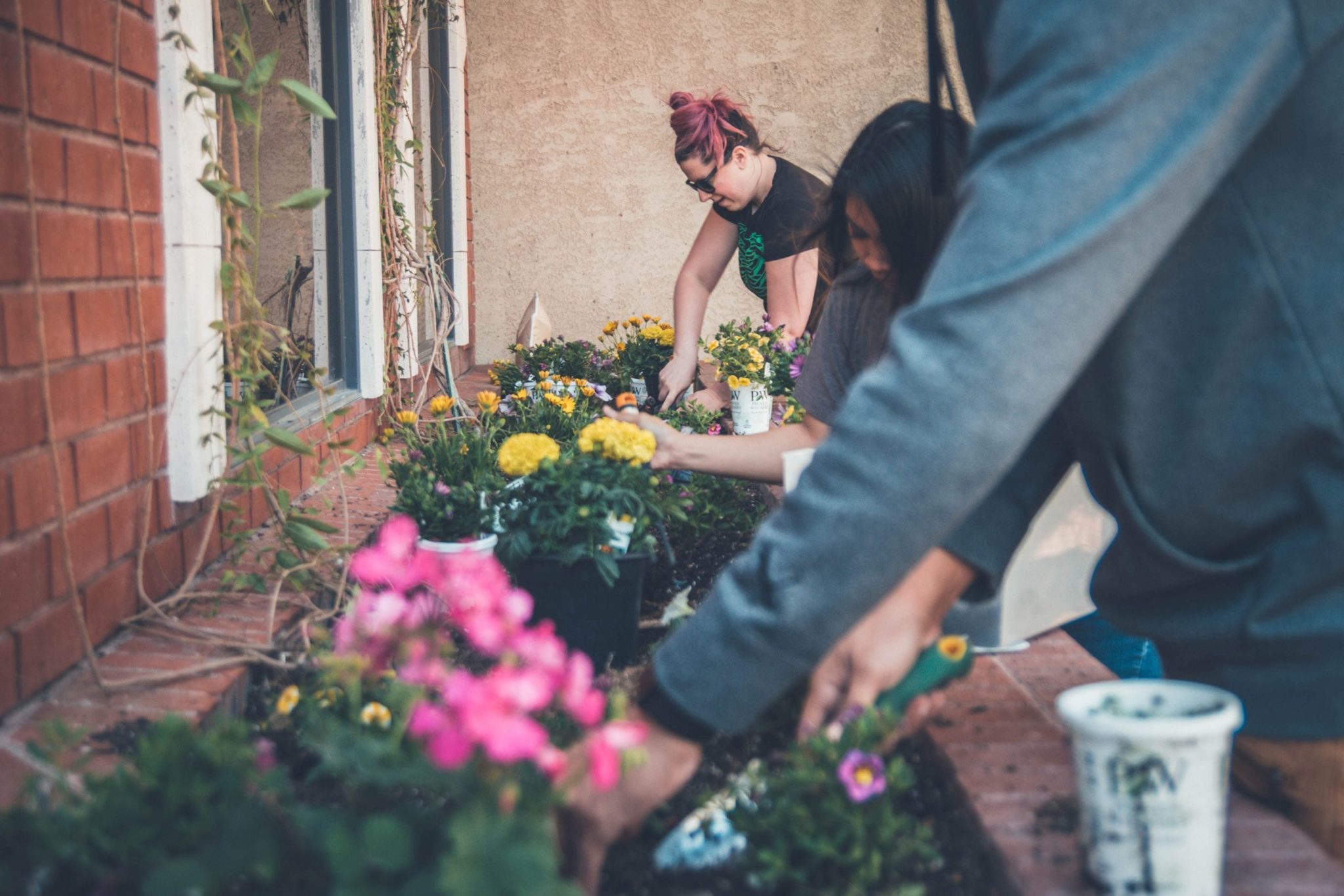Apr 8, 2024
7 Tips On How To Build An Effective Outreach Strategy

“Strategy without tactics is the slowest path to victory. Tactics without strategy are the noise before defeat.”
– Sun Tzu
Building an effective nonprofit outreach strategy must be approached thinking about everyone your organization touches: recipients, donors, sponsors, partners, volunteers, board, and employees of the organization.
What exactly do we mean by outreach?
We’re talking about your organization’s involvement in your community. What you’re doing, who you’re working with, and how you’re communicating. Each segment matters, and it’s important to understand how they should all tie together to yield success. By having a solid plan in place you will increase your constituent’s trust and confidence in your mission, year-round.
Why you need a strategy for nonprofit outreach strategy:
Communication plans need to be a part of your organization’s goals. To encourage Year-Round fundraising outreach should be proactive and consistent. Write to your donors. Ask recipients questions. Engage your board. Don’t wait for constituents to come to you, and don’t wait until you need something to contact them. Outreach campaigns engagement, which ultimately builds the community around your cause. It’s time to up your game when developing your outreach strategies, as you’ll be competing with other organizations along the way.
Donor success stories establish why your mission matters and how donors can make a difference. How can you best craft these compelling and heartstring-tugging stories?
Read Why Donors Love Success Stories to learn more!
How to build a nonprofit outreach strategy:
- Identify your goals. What do you want to achieve this week/month/year? Write them out and determine what steps you need to take to get there. Who is responsible for completing each step? What are the deadlines? What is the cost? How will those steps be communicated to the people they apply to? Make both quantitative and qualitative goals.
- Consult with the right stakeholders (internal and external). If you want to know how your services can be improved, talk to recipients. Wondering what the gala theme should be? Ask donors what they’d like to see. Looking to run a new project and need more in your budget? Consult the board and finance. Do donors like making donations through text messages? Survey!
- Research opportunities and challenges in the market. What other organizations are working towards the same or similar mission as you? Are they in your local market? If you’re competing, how can you work together? Are there gaps in your community your organization can fill? This can be gaps in services, gaps in donor events, or community building. Perhaps the high school students in your area are in search of more volunteer opportunities Fun fact: most high schools require students to complete a certain number of hours before they’re eligible to graduate.
- Identify your brand and audience. One of the first things a nonprofit can do is to create a “brand”. When conducting outreach, be sure to promote this aspect of your organization. How do we identify ourselves? You can choose to align this brand with your target audience. Who are your donors? If you can’t already answer this question you’ll need to do some digging. What are their demographics? Are they opening your emails? Are they following you on social media? Do they get their updates from your direct mail, newsletters, or social media? The same questions can be asked for your board and volunteers.
- Define your marketing strategy. Once you’ve thought about some of the points above, you’ll have a better grasp of what you need to do. For example, if all your volunteers are heavily engaged in social media, start a Facebook group for them! Are donors seeking more involvement? Host more events for fundraising, volunteer opportunities, or just socials for fun.
- Decide how you’ll measure results. Set goals for yourself, a means to measure and check in on a set date. Did we recruit 20 new volunteers? Did the board open at 70% of our emails?
- Determine a plan to make this system habitual. Keep what works, and change what doesn’t! If you continue outreach work, you’re doing great! Remember that community and connection are what keep your mission moving.
Lastly, determine your mediums. Perhaps some, or all, of the channels below:
- Direct mail. They say print is dying. Perhaps because a lot of companies are cutting back, it is a way to get into the hands of your constituents. Some studies show that direct mail is more effective than emails, but we recommend looking at your donor database or running some tests, to see if this is the case for your organization.
- Cross-promote with partners. Is a brand sponsoring you? Highlight that on your website, social media, newsletter, and whatever else you are sending out. Ask them to do the same! This shows your community who you’re partnering with and, if the partnership is a good fit, it will help build brand awareness and loyalty for both parties.
- Social media. Are you connecting with donors here? Volunteers? What platforms are you using? Depending on your mission and your audience, all platforms might not be the best fit. For example, Instagram continues to be a great platform for animal shelters and animal rescue agencies because they can showcase the animals that are available on a continual basis.
- Email. How do you manage your email list? Are recipients reading the emails you send them? How are you tracking this?
- In-person connections or donor events. People love face time! How are you connecting with your community? Annual galas? Socials? Workshops? Walks? Runs? Fundraisers are a great way to bring your constituents together, but so are volunteer and educational opportunities. Is your organization for medical research? Have medical professionals and researchers host informational sessions to educate your community about the illness at hand.
- Phone. Do you call to thank donors? If so, do you take that opportunity to ask them what other ways they’d like to contribute to the organization? This is a great opportunity for one-on-one insight and personal connection.
As you refine and improve your outreach strategy with your constituents, confidence in your mission and dedication to year-round giving will steadily increase. Looking for more ways to encourage consistent, stable support from your supporters? Don’t miss Your Go-To Guide for Donor Retention.

Related



